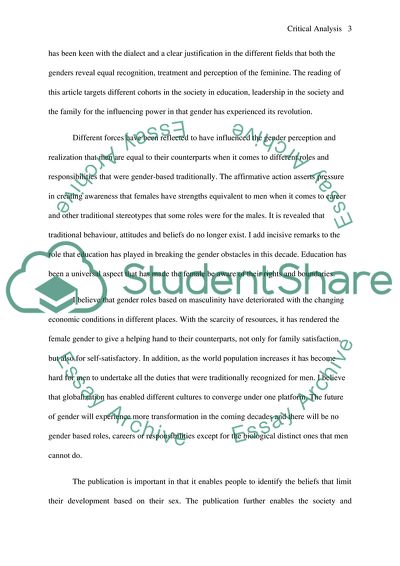Cite this document
(Changing Gender Roles in the 21st Century Essay - 2, n.d.)
Changing Gender Roles in the 21st Century Essay - 2. https://studentshare.org/sociology/1872564-critical-analysis
Changing Gender Roles in the 21st Century Essay - 2. https://studentshare.org/sociology/1872564-critical-analysis
(Changing Gender Roles in the 21st Century Essay - 2)
Changing Gender Roles in the 21st Century Essay - 2. https://studentshare.org/sociology/1872564-critical-analysis.
Changing Gender Roles in the 21st Century Essay - 2. https://studentshare.org/sociology/1872564-critical-analysis.
“Changing Gender Roles in the 21st Century Essay - 2”. https://studentshare.org/sociology/1872564-critical-analysis.


